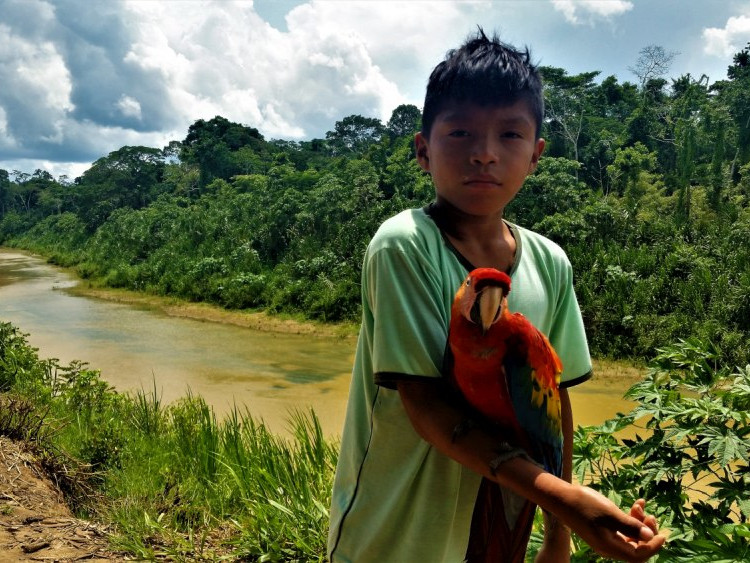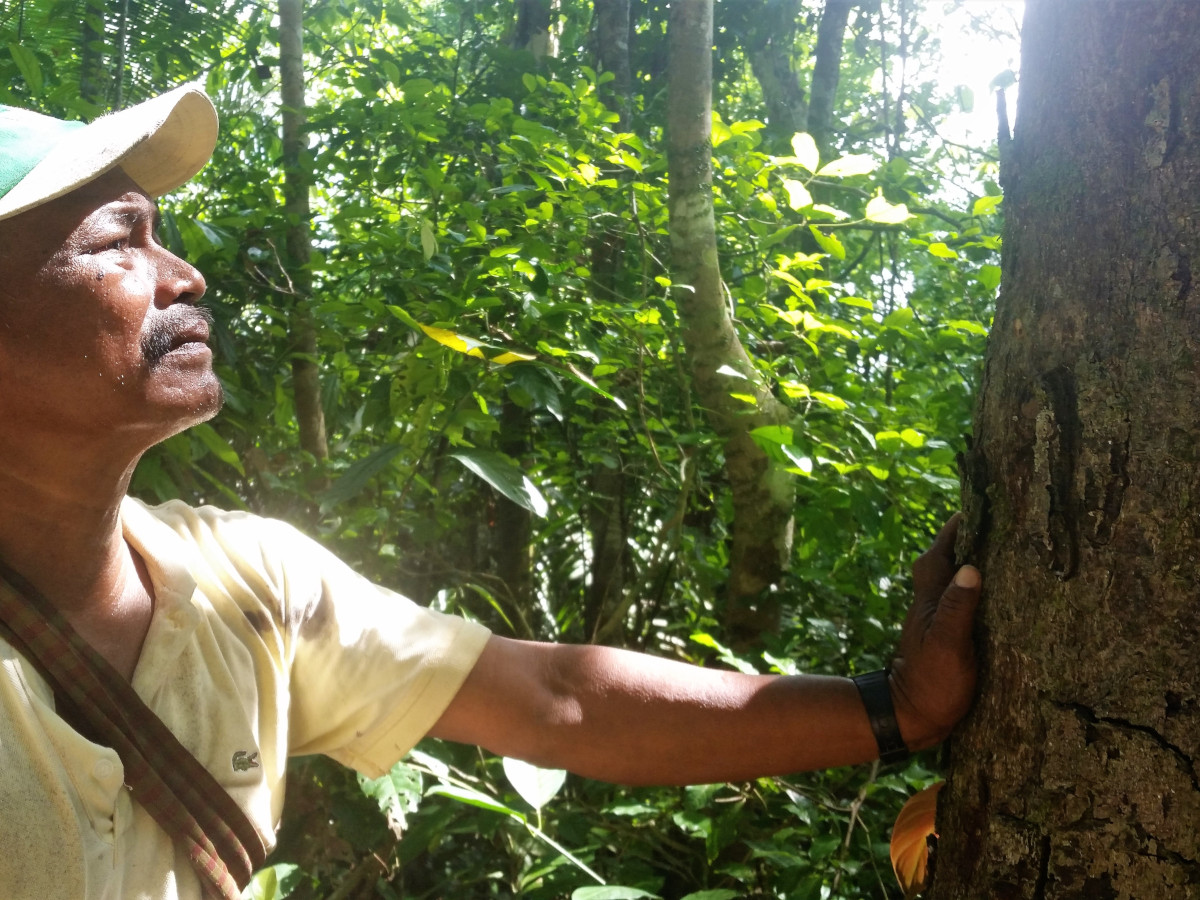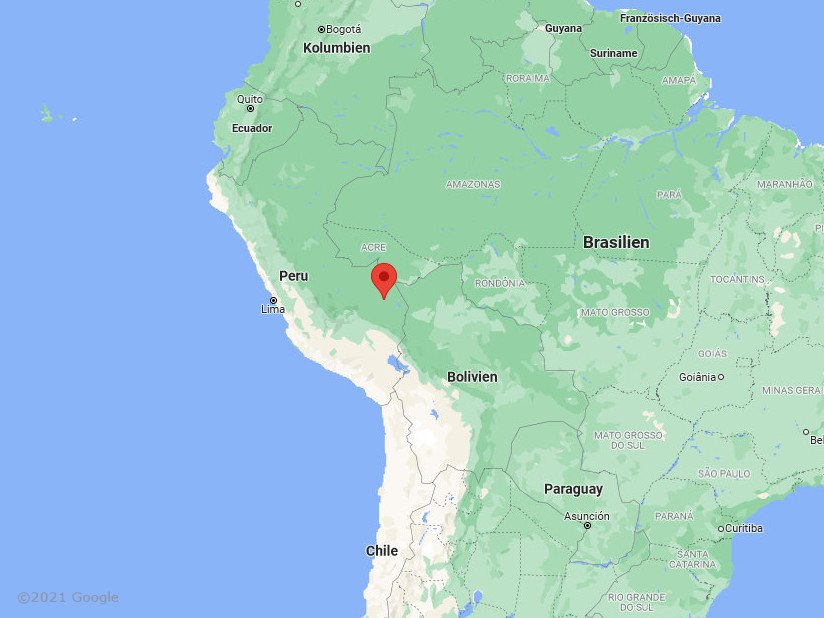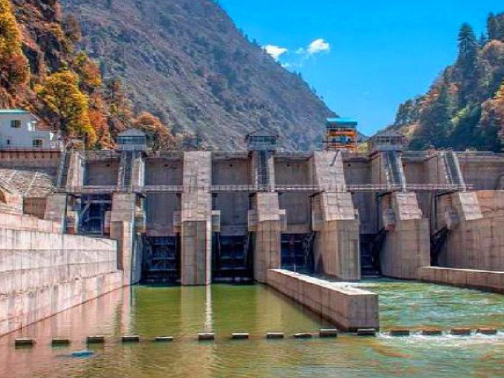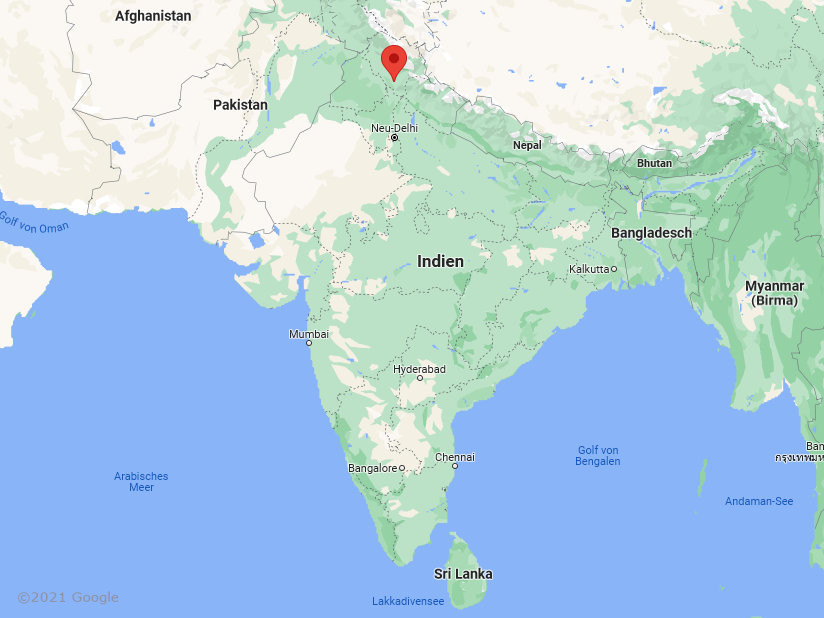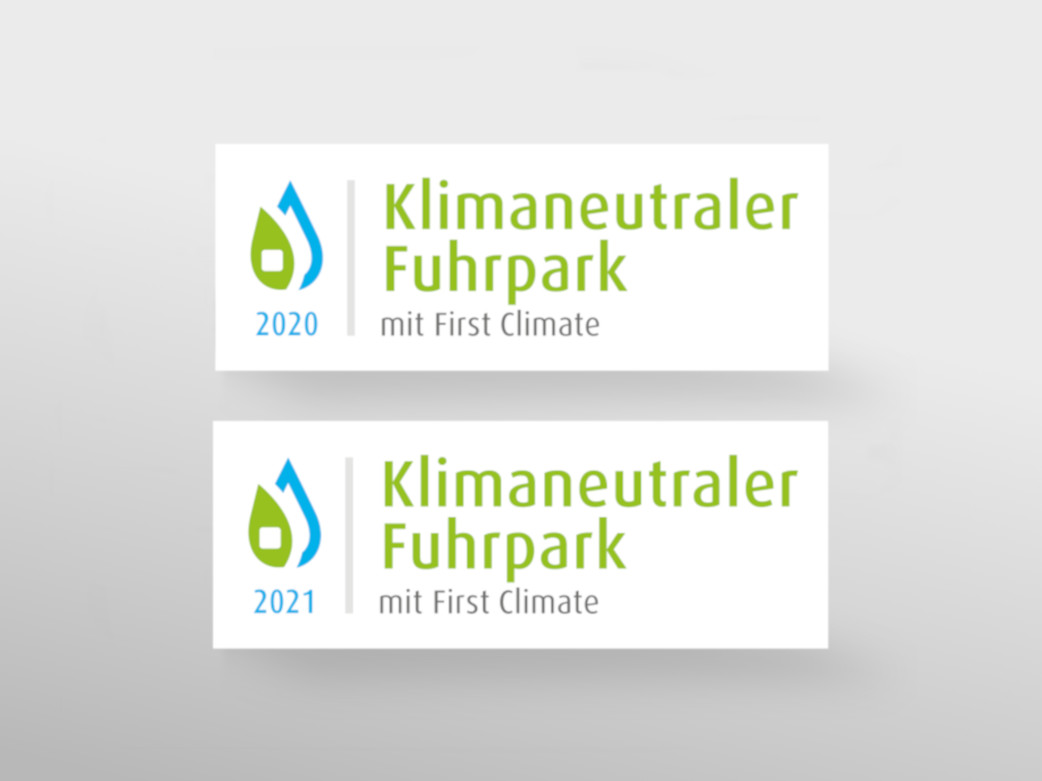As the Weber Group, it is important for us to make our business activities as energy-friendly as possible. Therefore, we supported two climate protection projects in Peru and India in 2020 and 2021 to offset the CO2 emissions of our global vehicle fleet. This has prevented the release of 740 tons of CO2 in the last two years. Since 2013, we have even been able to save 2,500 tons of CO2.
The 2020 project: Preventing deforestation in Peru
The province of Madre de Dios is located in the Peruvian Amazon basin and was originally an extremely isolated location. Since 2011 the region has been bisected by the Transoceánica Highway. Over a distance of 2,600 kilometers, the road closes the gap between the Brazilian part of Amazonia in the east, and the ports on Peru's Pacific coast in the west. Experience shows that deforestation due to clearing for agriculture and illegal logging proceeds rapidly once the first aisles improve accessibility.
The project supported by First Climate includes two forest concessions that are managed sustainably according to the requirements of the internationally recognized FSC standard. The concessions cover a total of 100,000 hectares, an area larger than the city of Berlin, which is covered by dense rainforest. Effective monitoring of the project area to prevent illegal encroachment and environmentally damaging use is only possible through additional income from the sale of climate protection certificates.
The project has been awarded Gold status by the Climate, Community & Biodiversity Standard (CCBS) because it makes a particularly high contribution to climate protection and offers above-average benefits for local communities and for the conservation of biodiversity.
More about the project
How it works:
The process of carbon dioxide capture and storage by plants is called biosequestration. It is based on photosynthesis, one of the most important biochemical processes. Forests bind large amounts of carbon dioxide in their biomass, especially during the growth phase. Despite the fertile conditions, forests can only exist due to a closed nutrient cycle. If the biomass is removed or burned, no nutrients are available for new growth, as tropical soils are generally extremely infertile.
Cleared areas can therefore only recover over decades or even centuries, and often the original condition cannot be achieved. Measures that prevent the clearing of natural forests are therefore a contribution to climate protection. They help to preserve the storage and filtering function of forests and prevent the release of bound CO2 into the atmosphere.
The 2021 project: Energy from hydropower in India
The dynamic growth and the associated energy consumption of the fast-growing Indian economy is largely covered by emission-intensive and environmentally harmful energy sources. The country has a high potential for renewable energy production. Through this kind of renewable energy air pollution and the associated health risks can be reduced.
In the northern Indian state of Himachal Pradesh, the water from the Satluj River has been used to produce renewable energy since 2018. The river water between two villages drives underground turbines before the water is returned to the riverbed below. All of the power generated by the station is fed into the northern Indian transmission grid, displacing conventionally generated electricity, which comes mainly from coal-fired power station. Annually, 3,540,000 tons of CO2 emissions can be reduced through this project.
Awarded with the "Verified Carbon Standard" (VCS), the emission reduction of the project can be verified and audited.
More about the project
How it works:
For this type of emission-free energy production all you need is water and a gradient. The natural flow and resulting movement of the water drives turbines, which, in conjunction with generators, convert the water into electrical energy. With the help of a run-of-river power station on the Satluj River, the natural movement of the water is converted into energy. Since the run-of-river power station does not require the construction of a reservoir or dam, the natural potential of the resources is used without a negative impact on the environment.



